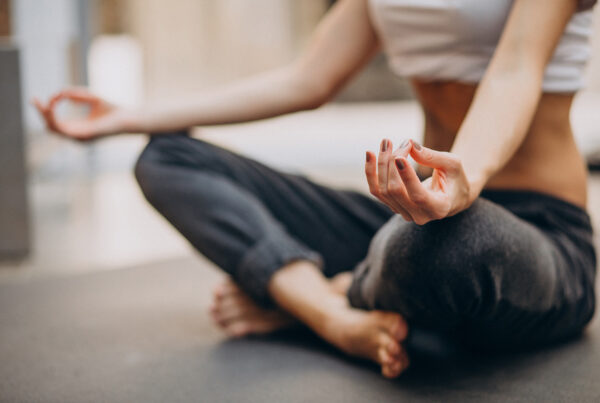
When someone mentions high-impact workouts, most people think about football players slamming into tackling dummies or tennis players running “suicide” drills. The truth is that high-impact exercises do not involve extensive physical contact or body-breaking motions.
However, high-impact exercises aren’t for everyone. For some, low-impact exercises are better suited for their physical conditioning and fitness goals.
THE DIFFERENCE BETWEEN HIGH-IMPACT AND LOW-IMPACT EXERCISES
High-impact exercises are ideal for those who are up for a challenge, those looking for a way to boost bone density and those striving for their physical fitness peak. Examples of high-impact exercises include:
- Running
- Jumping jacks
- Some forms of step aerobics
- Racquetball
- Plyometrics
Some people shy away from these intense exercises as they sometimes strain the body. Excessive high-impact exercises can even wear down muscles.
Those who aren’t in the proper condition for high-impact exercises and those who fear wear and tear from such intense exercise should opt for low-impact exercises.
Examples of low-impact exercises include:
- Yoga
- Swimming
- Dancing
- Cycling
- Pilates
- Using an elliptical and anything that requires movements that do not place a direct force on the body.
Low-impact exercises have a lower risk of injury yet they do not allow for rapid muscle growth or bone health improvement.
HIGH IMPACT VS. LOW IMPACT: WHICH IS BEST FOR YOU?
Those who are healthy and ready for a challenge should give high-impact exercises a chance. If you are attempting to bounce back from an injury, it is prudent to opt for low-impact exercises.
Those who are pregnant, overweight or suffer from arthritis, for example, should also engage in low-impact exercises. Low-impact exercises will get your heart going, burn calories and increase your flexibility. Low-impact exercises are also recommended for older adults.
Ideally, you will incorporate a mixture of high-impact and low-impact exercises. Alternate between the two types of exercise throughout the week. Switch between high-impact and low-impact exercises to give your body a chance to bounce back from the most intense sessions.
After you have tried high-impact exercises, “listen” to your body to gauge how you really feel. Do not hesitate to check with a doctor or your personal trainer before engaging in a high-impact exercise regimen.
The personal trainers and physical fitness experts at the Amarillo Town Club are here to help you select the best exercises for your unique body and physical fitness goals.
We can show you exactly how high-impact and low-impact exercises should be performed as well as the ideal frequency and number of repetitions.



